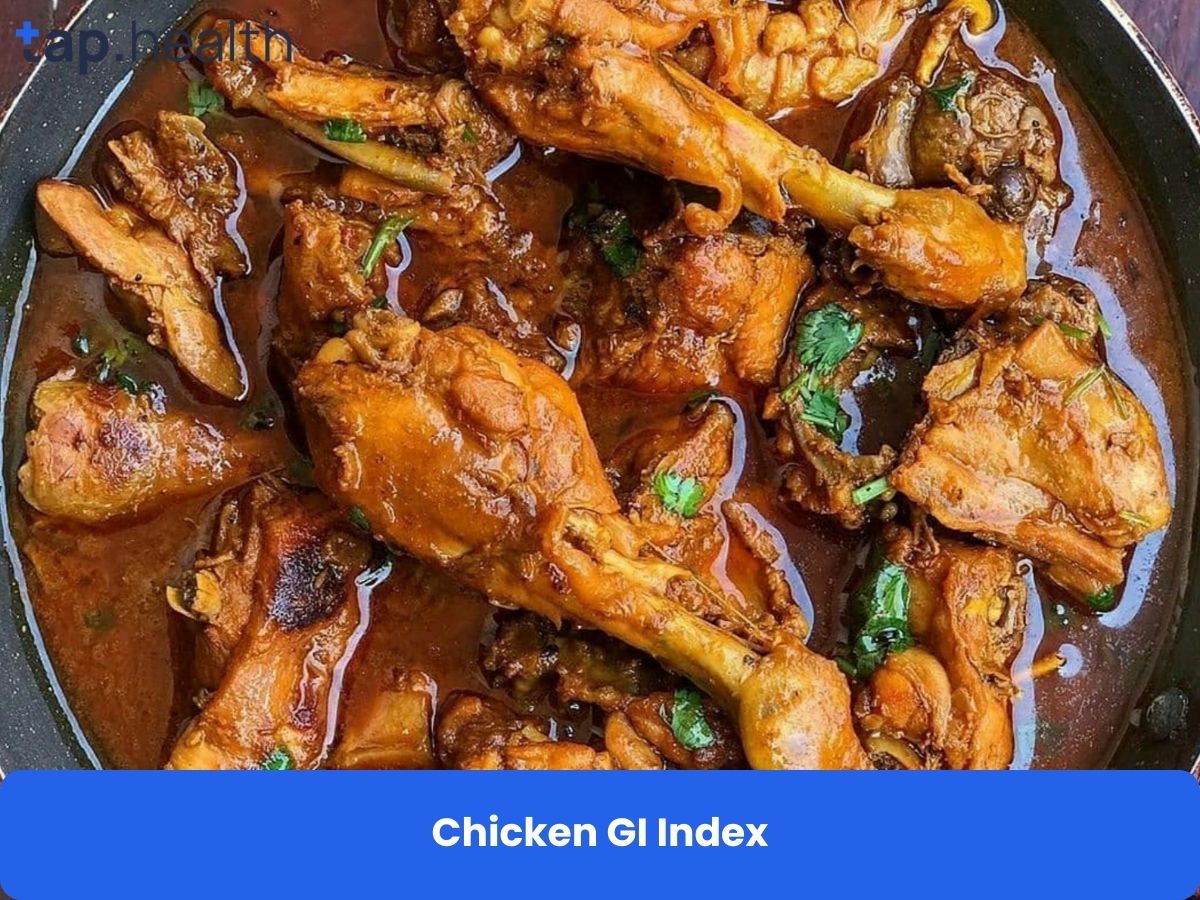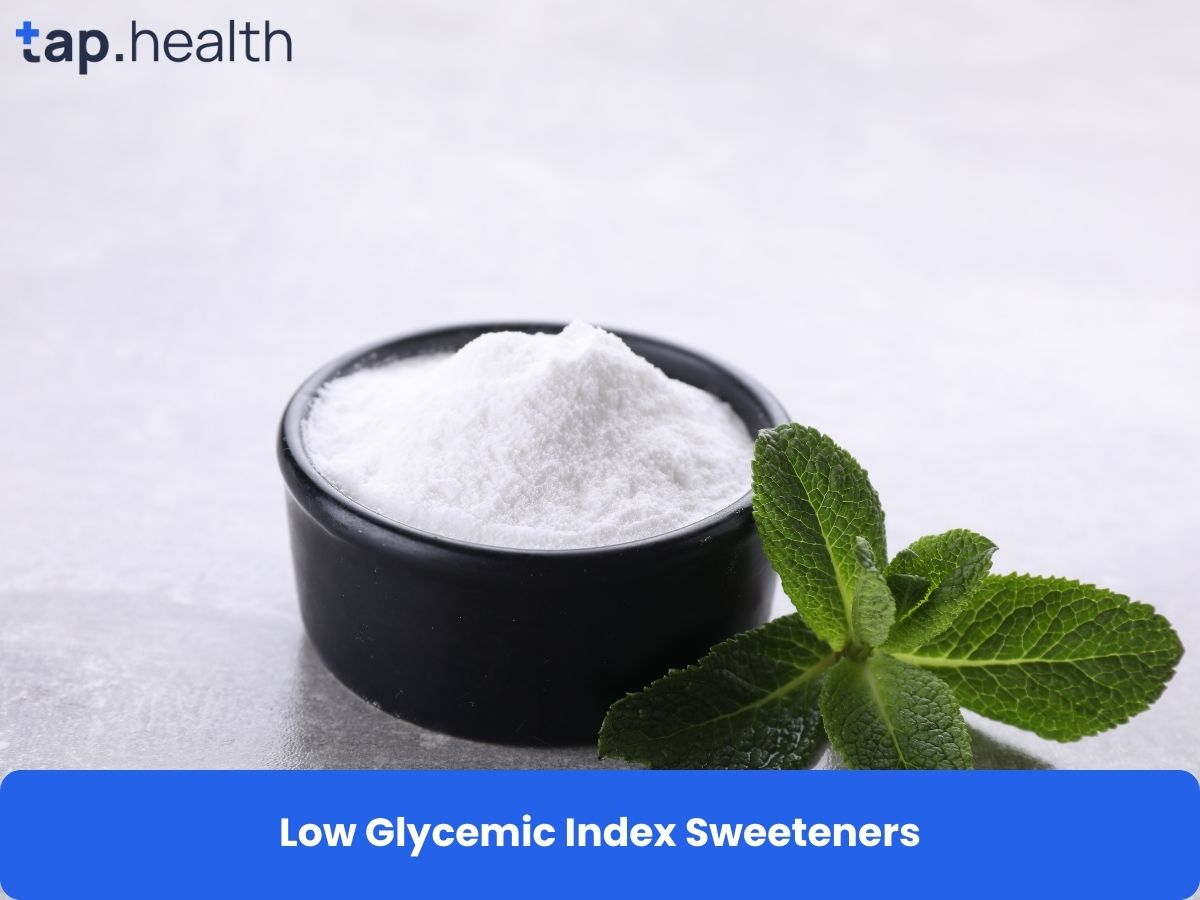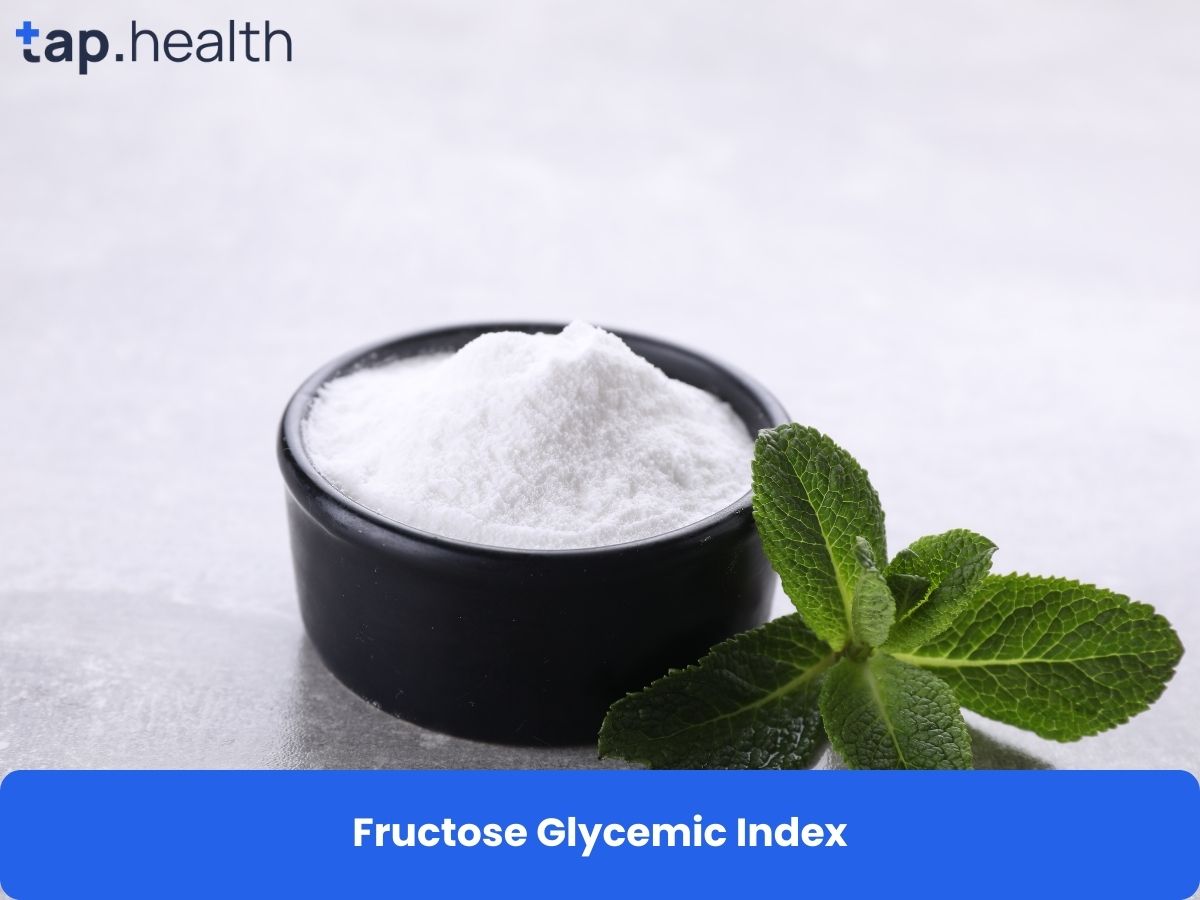Acid reflux is a common condition where stomach acid flows back into the esophagus, leading to discomfort and irritation. While occasional acid reflux is normal, frequent episodes can indicate gastroesophageal reflux disease (GERD), which requires medical attention. One of the key factors in managing acid reflux is diet, as certain foods can exacerbate symptoms. This article provides a detailed look at acid reflux, including its causes, symptoms, and the worst foods for triggering it.
What is Acid Reflux?
Acid reflux occurs when stomach acid moves back up into the esophagus, causing irritation and discomfort. This backward flow happens because the lower esophageal sphincter (LES), a ring of muscle at the end of the esophagus, doesn’t close properly or opens too often.
- Mechanism: Normally, the LES acts as a valve, opening to allow food into the stomach and closing to prevent acid from flowing back. In acid reflux, this valve malfunctions.
- Impact: The acid irritates the esophagus, leading to common symptoms such as heartburn and regurgitation.
- GERD: Chronic acid reflux is referred to as GERD, a condition that can lead to more serious health problems like esophagitis (inflammation of the esophagus), Barrett’s esophagus (a precancerous condition), and even esophageal cancer if left untreated.
Types of Acid Reflux
Understanding the different types of acid reflux can help in managing the condition effectively. Acid reflux can range from occasional discomfort to chronic, debilitating symptoms.
- Occasional Acid Reflux: This type occurs infrequently and can be triggered by specific foods, stress, or other factors. It’s usually manageable with lifestyle changes and over-the-counter medications.
- Triggers: Certain foods, alcohol, stress, and overeating. These can cause the LES to relax or create excess stomach acid.
- Management: Avoiding trigger foods, consuming smaller meals, not lying down immediately after eating, and using antacids or other medications as needed.
- Chronic Acid Reflux (GERD): This is a more severe form of acid reflux that occurs regularly and requires medical attention. GERD can lead to more serious complications if not properly managed.
- Frequency: Symptoms occur more than twice a week.
- Complications: GERD can lead to esophagitis, Barrett’s esophagus, and an increased risk of esophageal cancer. The constant acid irritation can damage the esophagus lining.
- Treatment: Long-term use of medications such as proton pump inhibitors (PPIs) or H2 blockers, lifestyle changes, and possibly surgery for severe cases.
Symptoms of Acid Reflux
Recognizing the symptoms of acid reflux is crucial for seeking timely treatment and managing the condition effectively.
- Heartburn: A burning sensation in the chest, usually after eating, which might be worse at night or when lying down.
- Regurgitation: Sour or bitter-tasting acid backing up into your throat or mouth, leading to a sour taste and possible discomfort.
- Dysphagia: Difficulty swallowing, which can feel like food is stuck in the throat or chest, often leading to a choking sensation.
- Chest Pain: Severe pain that can mimic a heart attack, often associated with eating, lying down, or bending over.
- Sore Throat: Chronic irritation from acid can lead to a sore throat or hoarseness, particularly in the morning.
- Chronic Cough: Often worse at night or after eating, caused by acid irritating the throat and lungs. This can also lead to respiratory issues like asthma.
Causes of Acid Reflux
Identifying the causes of acid reflux can help in preventing and managing the condition. Multiple factors can contribute to the onset of acid reflux.
- Diet: Certain foods and drinks, like spicy foods, citrus, tomatoes, chocolate, mint, garlic, onions, and caffeine, can trigger acid reflux by relaxing the LES or increasing stomach acid production.
- Lifestyle: Overeating, lying down after a meal, smoking, and alcohol consumption can all contribute to acid reflux by increasing pressure on the stomach or relaxing the LES.
- Obesity: Excess weight puts pressure on the abdomen, pushing stomach contents into the esophagus. This can lead to both occasional acid reflux and GERD.
- Pregnancy: Hormonal changes and pressure on the stomach from the growing fetus can cause acid reflux. Pregnant women often experience heartburn, particularly in the third trimester.
- Medications: Certain medications like aspirin, ibuprofen, muscle relaxers, and some blood pressure prescriptions can trigger acid reflux by irritating the stomach lining or relaxing the LES.
- Medical Conditions: Conditions such as hiatal hernia, diabetes, and scleroderma can contribute to the development of acid reflux.
Ten Worst Foods for Acid Reflux
When dealing with acid reflux, it’s important to know that some foods can make things worse. To help keep the discomfort and frequency of acid reflux episodes down, here are ten types of food you might want to steer clear from:
1. Fried and Fatty Foods
Eating fried and fatty stuff is a big no-no if you’re trying to keep acid reflux at bay. These kinds of foods are usually loaded with fat, which means they take longer to digest. Because of this slow digestion, food hangs around in your stomach for more time than it should. This extra time gives stomach acid a chance to creep back up into the esophagus, leading to that uncomfortable burning feeling known as heartburn along with other unpleasant symptoms.
Among the usual suspects causing trouble are french fries, deep-fried snacks, and greasy fast food meals. Not only do these items make acid reflux worse but eating them often can also cause weight gain—a factor that ups your chances of experiencing reflux even more. By choosing leaner meats like chicken or fish and opting for cooking methods like grilling or baking instead of frying, you can cut down on eating too much fried and fatty food. This change can help ease those troublesome symptoms related to acid reflux by improving how quickly your body digests its meals.
2. Citrus Fruits
Citrus fruits, like oranges, lemons, and limes are pretty sour and can bother your esophagus. This makes them some of the worst foods for people with acid reflux because they often trigger uncomfortable symptoms. Even though these citrus fruits are full of good vitamins and stuff, if you have acid reflux, it’s better to be careful with them.
On the other hand, choosing low-acid food options such as melons—think cantaloupe and honeydew—is a smart move since they’re mostly water and less likely to cause those nasty acid reflux symptoms. Also by adding alkaline foods to what you eat daily things like wild rice oats quinoa helps balance out stomach acids making digestion smoother.
3. Tomatoes and Tomato-Based Products
Tomatoes and stuff made from tomatoes, like sauces, salsa, and ketchup are pretty acidic. This can mess with your stomach and lead to acid reflux symptoms. Because they’re so acidic, eating tomatoes can make the esophagus feel irritated which might cause heartburn or other kinds of reflux symptoms.
Cutting down on how much tomato-based food you eat could help if you often get acid reflux. If you really like tomato sauce though, mixing in a little bit of baking soda can make it less acidic. It’s also good to know that cooked tomatoes aren’t as harsh as raw ones; this means some folks might be okay having a bit of cooked tomato without getting bad symptoms.
4. Chocolate
Lots of people love chocolate, but it might not be the best for everyone, especially if you have acid reflux. Chocolate has caffeine in it which can make a muscle called the lower esophageal sphincter (LES) relax. This muscle is supposed to stop stomach acid from going back up into your throat. Besides caffeine, chocolate also has stuff in it that could make your body produce more stomach acid. When there’s too much stomach acid, you’re more likely to feel discomfort and get those reflux symptoms.
For folks dealing with acid reflux, watching how much chocolate you eat is pretty important. You might want to try chocolates that don’t have as much caffeine or go for dark chocolate because it usually has less sugar and fat than other types. Remembering to enjoy chocolate in moderation can really help keep those uncomfortable symptoms at bay.
5. Garlic and Onions
Eating garlic and onions might lead to heartburn because they can make acid reflux worse. These foods have stuff in them that makes the LES (a muscle that keeps stomach acid where it should be) relax, which means more stomach acid gets made. This ups the chances of having an upset tummy from too much acid.
Even though garlic and onions are great for making food tasty, if you’re someone who gets bad reactions like indigestion or other signs of reflux after eating them, it’s smart to use less when cooking. Trying out different herbs or spices that don’t set off your symptoms could also help keep your meals enjoyable without the discomfort.
6. Spicy Foods
Eating spicy stuff, like hot peppers or foods with lots of spices, often causes heartburn and other signs of acid reflux. This happens because these kinds of food can upset your stomach and the tube connecting it to your mouth, making you feel uncomfortable and a burning feeling.
For those dealing with acid reflux, it’s better to stay away from spicy things to avoid these problems. They could go for less spicy options instead that still make their food tasty but don’t bring on the discomfort linked with acid reflux symptoms.
7. Mint Flavors
Mint, like peppermint, is often used to help with digestion and make your breath smell better. But for people who have acid reflux, mint might not be the best choice because it can relax the LES (a muscle in your esophagus) and make heartburn worse.
Even though mint teas and candies might seem like they help with stomach issues at first, they could actually cause problems for those dealing with acid reflux by triggering their symptoms. If you’re struggling with this condition, trying different flavors or herbal teas could be a good way to ease your digestion without making your reflux act up.
8. Alcohol
Drinking alcohol can often set off acid reflux symptoms. It bothers the esophagus and makes your stomach produce more acid, which ups the chances of experiencing acid reflux.
For those dealing with acid reflux, it’s wise to keep an eye on how much alcohol you drink or think about not drinking at all. If you do decide to have a drink, remember moderation is key and be mindful of how it might affect your reflux symptoms. Opting for drinks with less alcohol or mixing them with water could help in keeping those uncomfortable reflux symptoms at bay.
9. Caffeinated Beverages
Drinks like coffee, tea, and soda have caffeine that can make the LES (a muscle in your stomach) relax. When this happens, it’s easier for acid reflux symptoms to start because these drinks also make your body produce more stomach acid.
For those dealing with acid reflux, it’s smart to be careful about how much caffeinated stuff you drink. You might want to try decaf options instead. Herbal teas and water are great choices too since they don’t trigger reflux symptoms but still keep you hydrated.
10. High-Fat Dairy Products
Eating dairy products with a lot of fat, like whole milk and cheese that’s full-fat, might set off acid reflux because they’re really high in fat. These kinds of foods can make the LES (a muscle that keeps stomach contents out of your esophagus) relax too much and slow down how fast your stomach empties. This gives more time for the acid from your stomach to move back up into your esophagus.
For people dealing with acid reflux, it’s better to go for dairy options that don’t have much fat or none at all. This helps lower the chance of setting off those uncomfortable symptoms. Things like skim milk, yogurt with low-fat content, and cheeses that aren’t so rich in fat are good choices. They still give you the good stuff dairy has to offer without making acid reflux worse.
Ten Best Foods for Acid Reflux
While some foods can trigger acid reflux, others can help manage and even prevent symptoms. Including these in your diet can aid in reducing acid reflux episodes.
1. Ginger
Natural anti-inflammatory properties can help soothe the stomach.
Ginger has anti-inflammatory and digestive benefits that can reduce acid reflux symptoms. It can be consumed as ginger tea, fresh ginger, or in supplement form to calm the stomach and aid digestion.
2. Bananas
Low in acid and can help coat the esophageal lining.
Bananas provide a protective coating in the esophagus, which can help prevent irritation from stomach acid. They are gentle on the stomach and can be enjoyed fresh, in smoothies, or with cereal.
3. Oatmeal
High-fiber foods like oatmeal can help absorb stomach acid.
Oatmeal is a high-fiber food that helps absorb stomach acid and reduces acid production. Eating oatmeal plain, with fruit, or in bars can help soothe the stomach and prevent reflux.
4. Green Vegetables
Broccoli, asparagus, and green beans are low in acid and healthy.
Green vegetables are low in acid and high in fiber, which aids digestion and helps prevent reflux. They can be enjoyed steamed, in salads, or as part of a soup.
5. Non-Citrus Fruits
Melons, apples, and pears are less likely to trigger reflux.
These fruits have low acid content and are gentle on the stomach. Eating them fresh, as slices, or in fruit salads can help avoid triggering reflux symptoms.
6. Lean Proteins
Chicken, turkey, and fish can help reduce symptoms.
Lean proteins are low in fat and less likely to cause acid reflux. They can be prepared by grilling, baking, or steaming to provide a healthy option that minimizes reflux risk.
7. Whole Grains
Brown rice, quinoa, and whole grain bread can absorb stomach acid.
Whole grains are rich in fiber, which helps absorb stomach acid and promotes better digestion. Including them in your diet, such as in pilaf, salads, or toast, can reduce reflux symptoms.
8. Herbal Teas
Chamomile and licorice tea can help soothe the digestive tract.
Herbal teas like chamomile and licorice can reduce inflammation and aid digestion, offering relief from acid reflux. Drinking these teas can help calm the digestive system and reduce symptoms.
9. Aloe Vera
Known for its soothing properties, it can help reduce acid reflux symptoms.
Aloe vera has anti-inflammatory and soothing properties that can help alleviate acid reflux symptoms. Consuming aloe vera juice, gel, or supplements can provide relief from irritation.
10. Healthy Fats
Avocados, nuts, and olive oil are good alternatives to fatty foods.
Healthy fats like those in avocados, nuts, and olive oil provide essential nutrients without increasing reflux symptoms. They can be incorporated into meals like avocado toast, nut butter, or salads with olive oil.
How Foods Impact Acid Reflux Symptoms
Acid reflux happens when the lower esophageal sphincter (LES), which is a muscle ring at the bottom of your throat, doesn’t work right. This lets stomach acid go back up into your throat. Eating certain things can make this problem worse by either making more stomach acid or relaxing the LES. When this occurs, you might feel heartburn, pain in your chest, food coming back up, or have trouble swallowing. It’s really important to know which foods cause these issues so you can stay away from them and keep acid reflux under control. By knowing how different foods affect you, it’s easier to avoid discomfort and take care of your digestive health better.
Managing Acid Reflux
To handle acid reflux, it’s all about tweaking how you live and what you eat. By making these tweaks, you can ease the symptoms and feel better in your gut. For starters, keeping a healthy weight is key. Also, try eating smaller meals instead of big ones and don’t rush to lie down right after eating. When it comes to what’s on your plate, figuring out which foods make your acid reflux act up is crucial so you can steer clear of them. Putting these tips into practice every day can really help keep acid reflux under control and boost your health overall.
Dietary Changes for Acid Reflux Relief
Making some changes to what you eat can help with acid reflux. Here’s how it works: if you lose some weight, eat less at each meal, and stay away from foods that make your reflux act up, things can get a lot better. When we carry extra pounds, it pushes on our belly, making the stomach acid go the wrong way into our esophagus. Getting rid of those extra pounds removes that pressure so your symptoms might not be as bad. By eating smaller meals, there’s less chance for too much stomach acid to build up and cause trouble. Also, steering clear of spicy or greasy stuff helps keep those annoying reflux symptoms in check. So by looking after what you eat in these ways—losing weight when needed, going for smaller portions during mealtimes,and avoiding certain foods—you’re likely to see a big improvement in both your acid reflux situation and overall digestion health.
Lifestyle Adjustments to Prevent Acid Reflux
Making some changes to what you eat and how you live can really help keep acid reflux in check. A key tip is not to hit the sack right after you’ve eaten. Instead, give it a good two or three hours before lying down; this helps stop stomach acid from moving up into your esophagus. For those night time issues, try propping up the head of your bed with some risers or extra pillows – it’s another way to keep that pesky acid at bay while you’re sleeping. On top of these adjustments, wearing clothes that aren’t too tight, giving up smoking, and finding ways to chill out more can all make a big difference in cutting down on those annoying reflux symptoms and getting your digestion on a happier track.
Frequently Asked Questions on ten worst foods for acid reflux
1. What Foods Can Help Soothe Acid Reflux?
Certain foods can be very effective at calming acid reflux symptoms. For example, ginger tea is beneficial due to its anti-inflammatory properties, while oatmeal helps absorb stomach acid. Melons, which are low in acidity and high in pectin, can also soothe symptoms. Green beans and herbal teas further contribute to easing discomfort by promoting smooth digestion. Incorporating these foods into your diet regularly can help manage acid reflux symptoms.
2. How Long Does It Take for Diet Changes to Affect Acid Reflux?
The time it takes to see improvements from dietary changes can vary from person to person. Typically, people might notice relief from acid reflux symptoms within a few weeks after adjusting their diet. It’s important to give your body time to adjust to new eating habits and allow for proper digestion and nutrient absorption.
3. Are There Any Safe Spices for Acid Reflux Sufferers?
While spicy foods can often trigger acid reflux, not all spices are harmful. Ginger, for example, is a spice that can help soothe the stomach and reduce reflux symptoms. Herbal teas, which are not overly spicy, can also aid digestion and provide comfort without aggravating acid reflux.
4. Can Drinking More Water Reduce Acid Reflux Symptoms?
Increasing water intake can help alleviate acid reflux symptoms by diluting stomach acid and reducing its concentration. Staying hydrated can also support overall digestive health. Coconut water, with its alkaline properties, can be particularly beneficial in balancing stomach acidity and soothing symptoms.
5. Is It Necessary to Eliminate All Acidic Foods from My Diet?
You don’t need to completely eliminate acidic foods from your diet. While acidic foods can trigger reflux symptoms, consuming them in moderation can still be part of a balanced diet. It’s important to pair them with other healthy foods to manage symptoms effectively while enjoying a variety of nutrients.
6. Can Acid Reflux Symptoms Be Completely Managed Through Diet?
Diet plays a crucial role in managing acid reflux, but it may not be sufficient on its own for everyone. Some individuals might need additional interventions such as lifestyle changes, medications, or medical procedures to fully control their symptoms. However, adopting a healthier diet and making lifestyle adjustments can significantly reduce acid reflux symptoms and improve overall well-being.
References
The Best and Worst Foods for Acid Reflux – What to Eat and Avoid | University Hospitals
GERD diet: Foods to avoid to reduce acid reflux – Harvard Health



